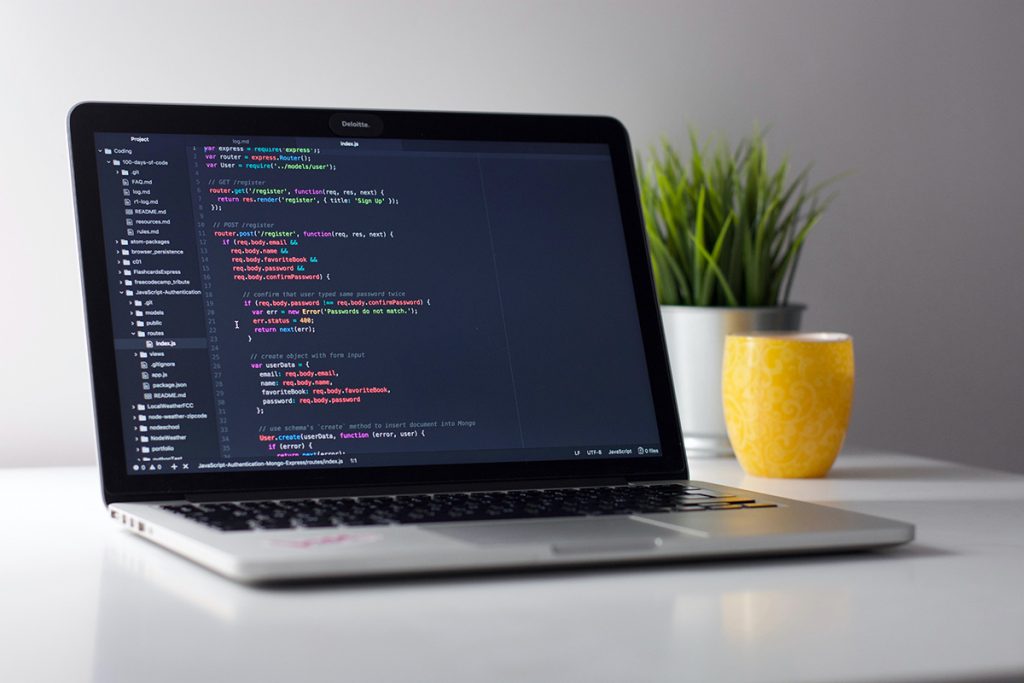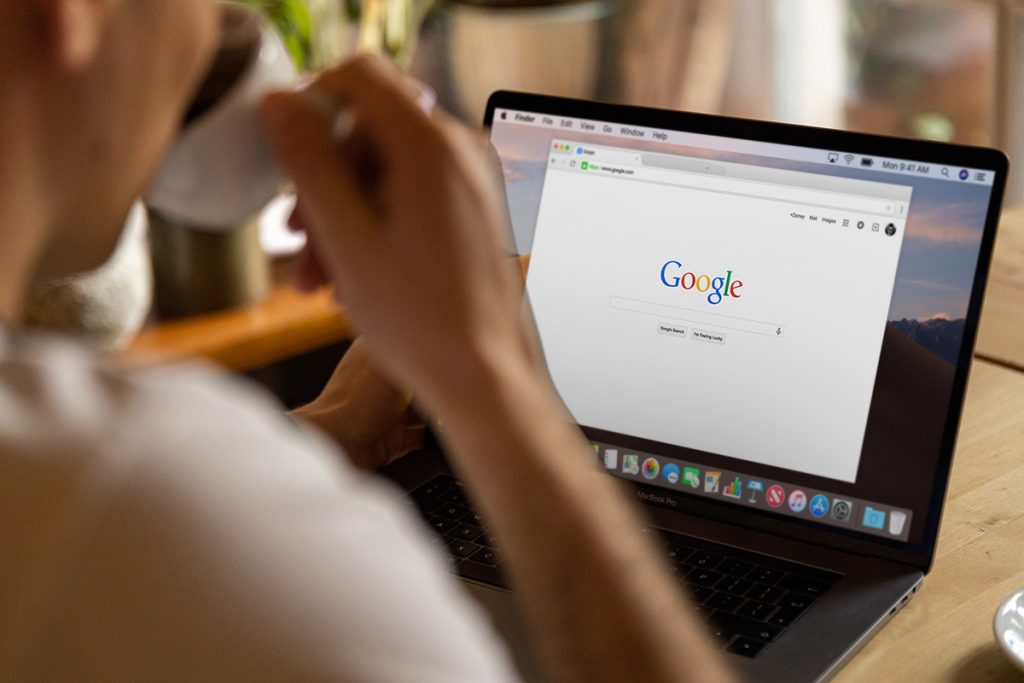We all live in an online world these days. In many ways it’s great – you can go shopping, chat to friends, learn new languages or just chill watching the best entertainment the planet can offer, all without leaving the comfort of your sofa.
However, it’s not without its perils, too. If you’re not careful, you can end up losing time, money, or even control of your computer.
It may seem like a dark magical art keeping your computer safe online – and it certainly pays to keep your wits about you – but there are some simple steps you can take to minimise online risks.
1) Keep your computer up to date

Whether you’ve got a Windows PC or an Apple Mac, periodically updates will be made available to their core operating systems. I’m not so much talking here of the major updates – like the jump from Windows 10 to Windows 11, or the annual upgrades to macOS – but instead the smaller updates that largely target security and performance issues.
Microsoft and Apple don’t develop them for the fun of it. The reality with any operating system is that it’s a mix of billions of lines of code, and the modern online world is rife with folks poking at that code for weaknesses.
As such, it’s really important to stay on top of security updates. On Windows PCs, click the search icon and type in “Windows Update” to access Windows Update settings, where you can manually check if you’re up to date with Windows.
For Macs, click the little Apple icon in the top left of the screen, click “About This Mac” and then “Software Update” to check if you’re up to date.
2) Use software tools designed to make safety easier

You could take the approach of never going online. That would be technically “safe” … but it would also be well described as “boring” and “limited” as well.
The nice thing here is that there are a lot of tools that can make it much safer to go online. I’ve written before about Antivirus software and why it’s important, but you should also consider additional apps on top of malware control.
If you’re buried under a heaving load of passwords, use a password management app to safely and securely store those passwords.
A VPN app – which encrypts your online traffic to stop it being snooped on by both miscreants and app trackers – is a great option, especially if you go online a lot from mobile networks or public Wi-Fi.
3) Backing up is simple – and nicely affordable

Years ago, I can remember buying a simple USB flash drive for around $100. It was a super useful gadget at the time, and I do feel like I got my $100 out of it.
The thing is, that drive had just 64MB of storage on it. The smallest drives you can easily buy these days have 16GB on them, or 250 times more storage than that original drive of mine. What’s more, that 16GB drive costs just a tad over $6, which means you can spend as much on it as you might on a cup of takeaway coffee at a fancy cafe.
What this has to do with keeping you safe online is backup. If you do encounter the worst, and your PC is compromised by encryption malware, one of the easiest ways to defeat it is to wipe your PC. That will work… and take your files with it.
Unless, of course, you’ve backed them up. Now, sure, 16GB might not be enough for your photos and documents, but you can easily – and still quite affordably – upscale to larger USB drives, external mechanical hard drives or even external SSD drives for super-speedy backup.
4) Hover over a link before you click on it

Impersonation scams are, sadly, a fact of life online. Lots of criminal types will try to fool you into thinking that they’re your bank, your favourite online shop, or the authorities, providing easy links to their “services” … which are of course not what you’re after at all!
So how can you pick the fakes from the real links? One very simple way if you’re on a laptop or desktop is to hover your mouse pointer over a link in an email or on a website. What this will do is show the hyperlink underneath the link text.
So if you get an email from your bank, and you hover over its link and it says something like www. yourbank .com.au (where “yourbank” of course is the name of your actual financial institution) AND it matches the web address you’ve seen elsewhere, that’s more likely to be legit. What so often happens is that you in fact get a garbled URL of nonsense, and if you can make out anything from the address, it’s probably nothing to do with banking.
Congratulations. You just spotted a fake URL for a scammer trying to get access to your bank account. Don’t click on that link, delete the email (or close the web browser tab) and move on safely.
5) Think about what you post online – and where you post it

This is just about the most critical step you can take when staying safe online. I’m often a little surprised at what people will post, or share online, whether it’s in an online forum, on social media or on web sites.
Many people will – for example – post pictures of their kids or grandkids on Facebook. At one level, it’s a lovely way to share photos of your gorgeous offspring, and there would seem to be little wrong with that.
However, whenever you post that kind of material online, you’re giving up a degree of control over it. Facebook does have privacy controls in place, and many folks figure they can set those once and forget about it. The problem is that over the years, Facebook has changed its privacy settings, and unless you’re on top of them, you may be sharing more widely than you expected. That’s not even getting into issues around what happens if a friend’s account is compromised, because then it can be even more messy.




